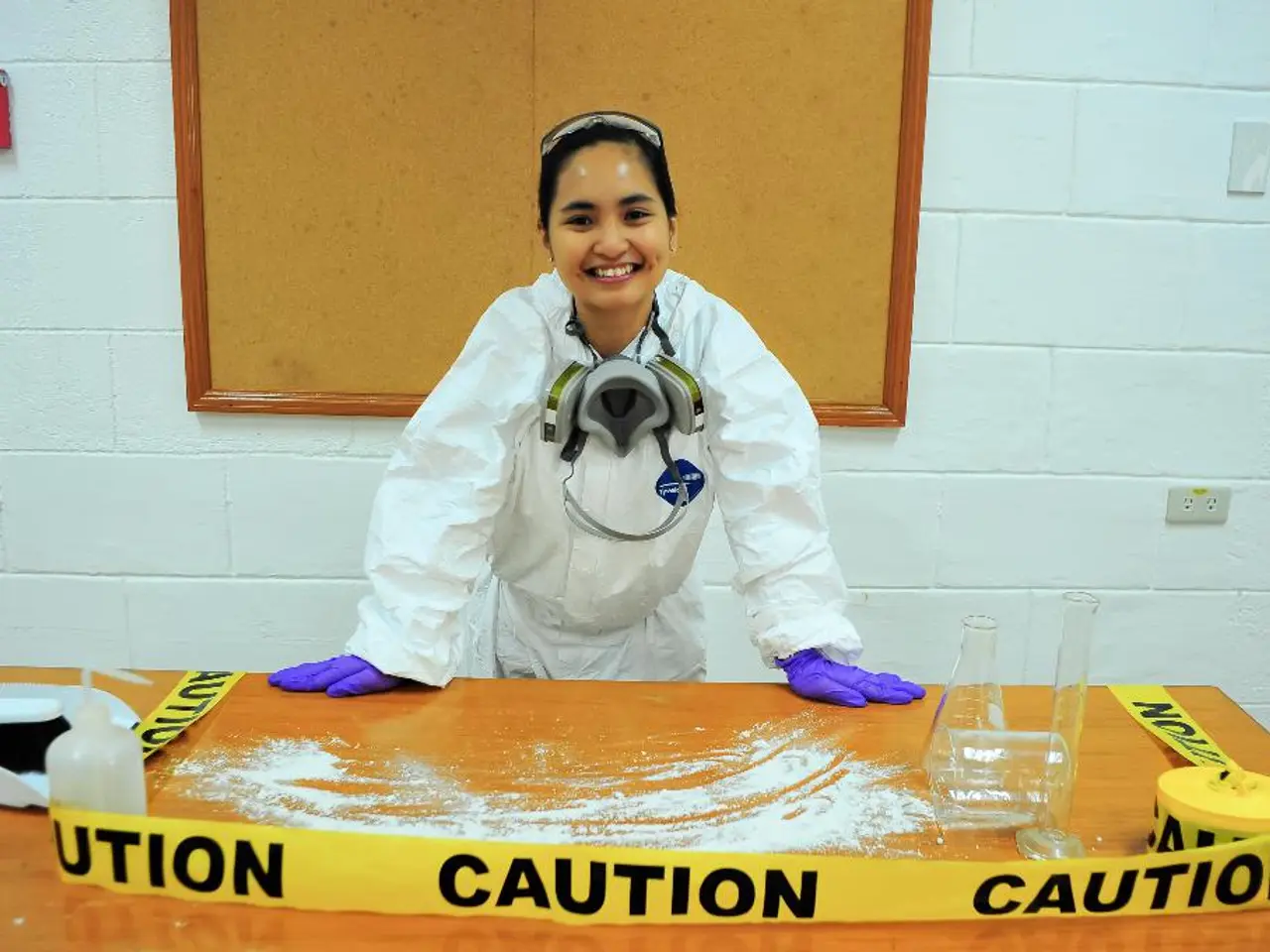Unicef reports high number of minors infected with HIV, with over 2 million underage children currently living with the virus.
Global HIV Epidemic: Sub-Saharan Africa Remains Most Affected Among Children and Adolescents
In 2024, approximately 120,000 children aged 0-14 were newly infected with HIV globally, with nearly 86% of these cases concentrated in sub-Saharan Africa. This region remains the most severely affected by HIV transmission among children and adolescents.
According to recent data, adolescent girls and young women aged 15–24 are heavily affected, with about 4,000 new infections per week worldwide, and 3,300 of these occurring in sub-Saharan Africa.
Sub-Saharan Africa is the epicenter for pediatric and adolescent HIV infections, accounting for the vast majority of new cases in these age groups. Among adolescents and young women aged 15–24, new infections are disproportionately high in sub-Saharan Africa, contributing around 82% of weekly new infections in this demographic.
Women and girls globally accounted for 45% of all new HIV infections in 2024, rising to 63% within sub-Saharan Africa. Testing and treatment coverage remains suboptimal among children aged 0–14, with achievement rates for the UNAIDS 95–95–95 targets at 63%, 87%, and 86%, respectively (awareness of status, treatment, and viral suppression).
Perinatal (mother-to-child) transmission remains a critical route of new infections, although prevention programs (PMTCT) have reduced transmission risks significantly. Nonetheless, challenges like drug resistance and incomplete PMTCT coverage contribute to ongoing pediatric infections.
In Eastern Europe and Central Asia, the HIV pandemic is increasingly characterized by sexual transmission. HIV is increasingly being spread among heterosexual couples in several regions of Asia. The HIV epidemics in these regions are shifting from transmission among drug injectors to sexual transmission.
In other parts of the globe, people who inject drugs, men who have sex with men, and sex workers are disproportionately affected by HIV. In southern Africa, adolescent girls or young women having intercourse with older men is a typical way for HIV to spread. HIV infections are now gradually moving into lower-risk groups by way of sexual partners of individuals who are most at risk.
AIDS-related causes claimed the lives of 90,000 children and adolescents in 2024, with children under the age of ten accounting for almost 73% of these deaths. The number of AIDS-related deaths among children aged 0-14 years has decreased by approximately 80% since its peak in 2003, while the number of AIDS-related deaths among those aged 15-19 years has only decreased by 38% since 2007.
In 2024, 86% of children and adolescents living with HIV reside in sub-Saharan Africa. The number of new HIV infections among teenagers (15-19) has decreased by around 44% since 2007. The number of new HIV infections among children ages 0-14 has decreased by around 62% since 2010.
In summary, sub-Saharan Africa is the region most affected by HIV transmission among children and adolescents in 2024, with persistent challenges in prevention of mother-to-child transmission, treatment access, and viral suppression, particularly among younger children and adolescent girls in high-burden settings.
The importance of promoting science and health-and-wellness initiatives, particularly focusing on mental health, cannot be overstated, especially in sub-Saharan Africa, where the majority of newly infected HIV cases among children and adolescents occur. Addressing the disproportionate rate of new HIV infections among adolescent girls and young women in this region may require interventions that also prioritize mental health considerations and ensure holistic health-and-wellness education.




